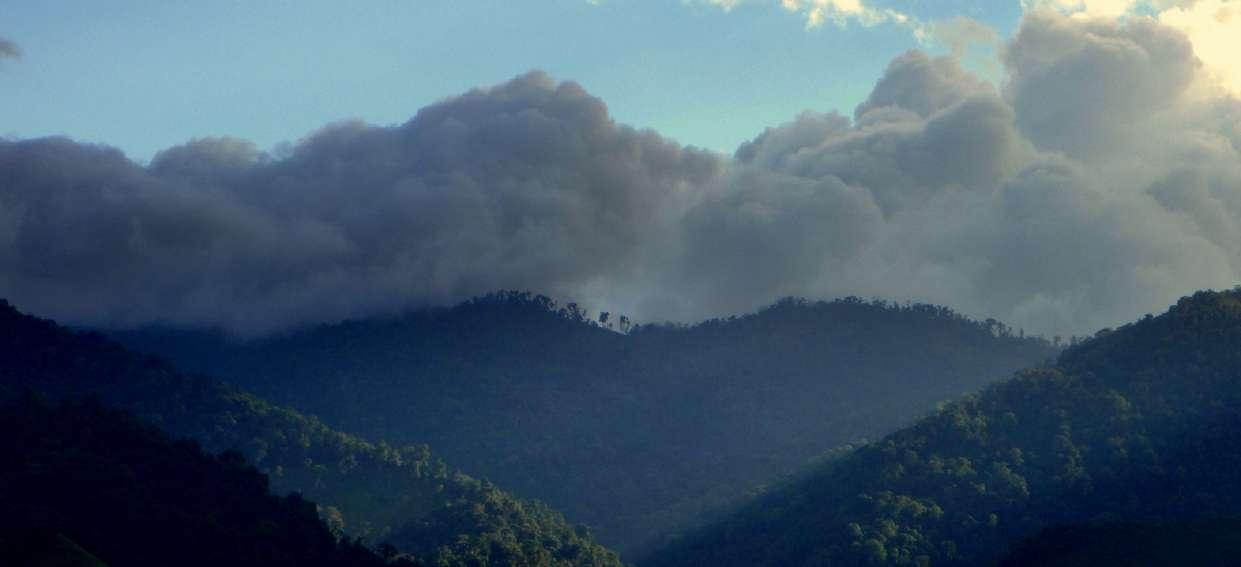
9 minute read
TOPIC 4- Forests of Costa Rica
from BioMagazine
Forests of Costa Rica
B A C K G R O U N D
Advertisement
The geographical position, the proximity of the oceans, and the orography define the environmental conditions for a variety of environments to exist, in which the vegetation over the years has developed and today it is admired as forests.
This richness and diversity has been studied by many researchers, who adopted non-tropical classification systems to "classify forests" . However, it was with the proposal of the ecologist Leslie Holdridge, that a vegetation classification system was established for the country.
Using this life zone classification system, a description of the 12 life zones is presented, together with a reference to the tree species. These cover the types of forests classifying them into: humid, very humid, dry, pluvial forests, and páramo, according to the height above sea level in which they are located, average annual rainfall and temperature.
Forest Ecosystems One of the most used systems for classifying forests is the Holdridge Life Zones, which divides Costa Rica into 12 life zones and 12 transition zones, based on environmental factors such as humidity, precipitation and temperature; the result is the division of the country into different types of forest. According to this classification, the five main forests in terms of extension in Costa Rica are: 1 - Very humid tropical forest
2 - Very humid premontane forest
3 - Lower montane rain forest
Holdridge Life Zones Map

Credit: Christian Birkel and Joni Dehaspe, (University of Costa Rica.)
Life zone classification system according to Holdridge
It is based on the relationship between climate and vegetation, based on long-term studies of climate and vegetation patterns in many tropical places. The system proposed by Holdridge, raised innovations such as (Holdridge, 1963; Tosi, 1997 cited by Watson and Tosi, 1999).
The expression of the heat factor through bio temperature. Using a logarithmic progression in the increments of heat and precipitation to obtain significant changes in the units of natural vegetation.
Determining the relationship between bio temperature and potential evapotranspiration (moisture) and the relationship between moisture and actual evaporation, the direct relationship between actual evaporation and biological productivity
Naturally, there are groups of ecosystems or plant associations, which share similar characteristics such as temperature ranges, precipitation, and humidity, in such a way that balanced divisions of the climatic parameters to group them. To these groupings of associations Holdridge (1967) cited by Watson and Tosi (1999), called them life zones.
Therefore life zones are sets of associations, regardless of which each group includes a chain of different landscape or environment units, which can range from swamps to mountain tops. 1 - Very humid tropical forest
2 - Very humid premontane forest
3 - Lower montane rain forest

Another of the classification systems is that of vegetation macro types, elaborated in 1986 by Gómez and Herrera, which defines 53 vegetation macro types for Costa Rica, according to geographic regions (North Pacific and Central Valley, mountain ranges, South Pacific and Atlantic); These include commonly used names such as tropical rainforest, cloud forest, evergreen forest, deciduous forest, and humid forest.
Distribution of the life zones present in Costa Rica
Tropical dry forest: presents a range of precipitation between 800 and 2100 mm of average annual precipitation. This life zone is represented in Guanacaste, Tempisque river valley.
Tropical moist forest: In this life zone the station seca varies from one place to another, being between 0 and 5 months in duration (Bolaños et al, 2005). This formation is frequently located in the Pacific regions as Atlántica (coastal plains), in much of the Upala region, San Carlos, as well as in the high parts of the Nicoya Peninsula.
Very humid tropical forest: presents a precipitation range that fluctuates between 4000 and more than 6000 mm of mean annual precipitation (Bolaños et al, 2005). Under such a high rainfall regime, it cannot be indicated that there is a welldefined dry season, on the contrary what occurs are periods ,where the rains decrease (the so-called veranillos), for which there are no months dry because there is no water deficit in the soil for the plants.
Premontane humid forest: The precipitation range for this area of life varies between 1200 and 2200 mm, as an annual average, there is a period dry cash from 3.5 to 5 months (Bolaños et al, 2005). In this area there are extensive areas of volcanic soils, fertile where the original forest has mostly disappeared, for example the Central Valley (Fournier, 1980).
Subalpine pluvial páramo: In this life zone, the range of precipitation varies between 1800 and 2300 mm per year on average. The temperature is low, reaching below zero values in some months of the year. A period is presented dry for approximately 2 months (Bolaños et al, 2005).

Premontane rainforest: It is characterized by presenting a precipitation higher than 4000 mm per year, however in some parts of the country they exceed 7000 mm in annual average (Bolaños et al, 2005). This life zone is located in the Talamanca mountain range and Volcanic Mountain Range, Central Atlantic slope and Tilarán Mountain Range.
Lower montane humid forest: The range of precipitation oscillates between 1400 and 2000 mm as an annual average. Presents an effectively dry period moderate between 2 to 4 dry months (Bolaños et al, 2005). The location in the country would be the vicinity of Zarcero, Ochomogo, and all towns located between 1400 and 2100 meters above sea level. In its natural condition, the forest in this life zone is low, with two strata, sparse, with abundance of epiphytes, evergreen.
Very humid lower montane forest: The range of precipitation oscillates between 1850 and 4000 as an annual average, it is very characteristic of this life zone the presence of mist for long periods during the day and during the year (Bolaños et al, 2005). For this characteristic it is called a cloud forest or fog.
Lower montane rainforest: Average annual rainfall in some locations exceeds 8000 mm, there is excessive humidity relative to the haze. It is considered a moderately dry period not greater than 3 months (Bolaños et al, 2005).
Montane very humid forest: This life zone presents a range of precipitation between 1800 and 2300 mm per year on average (Bolaños et al, 2005). In the country, this life zone is located in the Irazu Volcano only. The vegetation is dominated by the Quercus genus, Alnus acuminata (jaul) and the families Lauraceae, Melastomataceae, Araliaceae, Asteraceae mainly. Montane rainforest: This life zone presents a range of precipitation between 2200 and 4500 mm per year on average (Bolaños et al, 2005). This formation is located in the Cordillera de Talamanca and in the Irazú Volcano. The vegetation is very similar to the previous life zone.

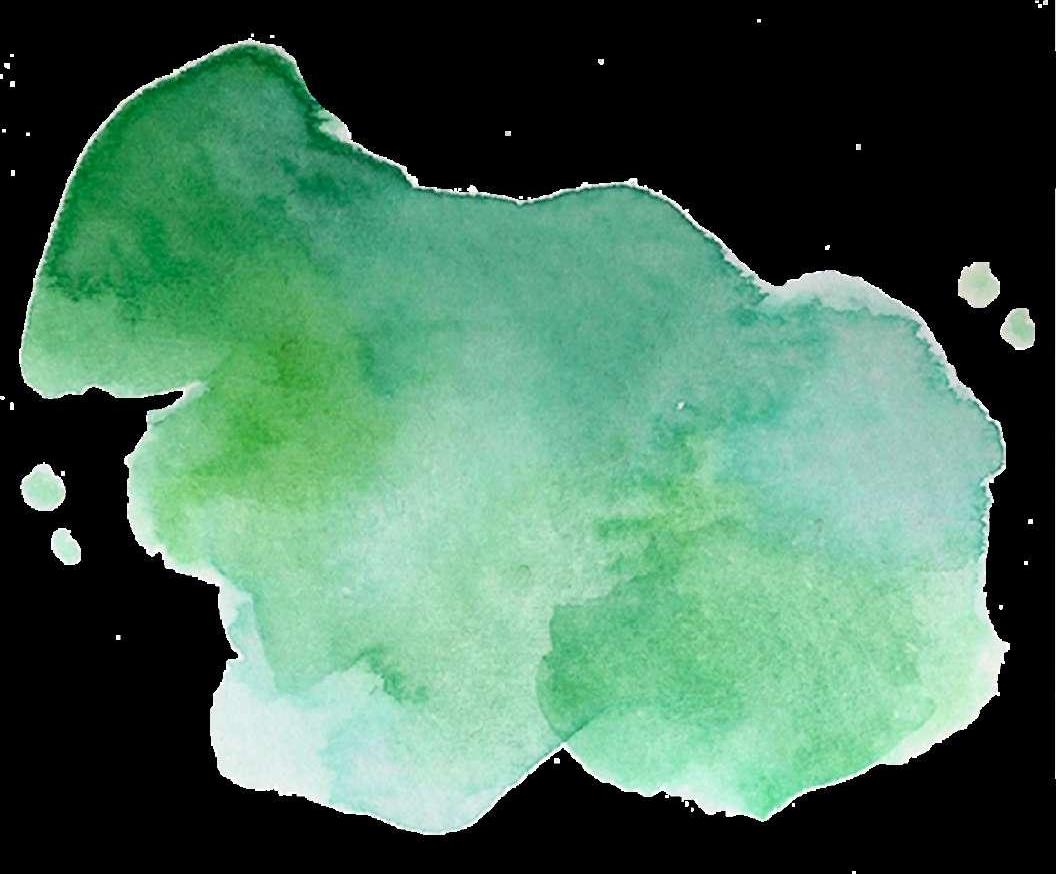
Medicinal plants

The knowledge and use of medicinal plants in Costa Rica comes from three human groups: the indigenous group, the Caucasian group and the Afro-Costa Rican, through time they have formed a rich and varied traditional medicine. In Costa Rica 133 medicinal plants are marketed, 82% of which are produced locally (extraction or cultivation), with a production of 170 tons of raw material. The 53% percent of the plants traded are native species, some of them are cultivated.
S O M E M E D I C I N A L P L A N T S A R E : Juanilama (Lippia alba).
It has a strong lemon-like fragrance, and like lemon, it has significant health benefits.
This medicinal plant has healing properties, which are used to combat colic and cholesterol problems, it is an excellent eliminator of fat from the body. It is also widely used as a sedative and antispasmodic in intestinal problems, it is effective for the treatment of colitis and ulcers and with it you can cure a cough.
Zarzaparrilla (Smilax spp). Saragundí (Sena reticulada).
This plant has been used to treat fever,
rheumatism, skin infections, venereal diseases,
among others. The part of the plant that is used
is the leaves.
Sábila (Aloe vera).
Its leaves are green, thick and fleshy, this plant
has been very useful for the cosmetic,
pharmaceutical and food industries. It has
unique therapeutic properties and is applied as
an ointment to the skin and gums.
Cola de caballo (Equisetum).
It is one of the most popular medicinal herbs in
the world, and with good reason, due to the
health properties of horsetail. Appropriately, it is
considered a natural anti-inflammatory, it’s used
also for treating kidneys, as well as a rich source
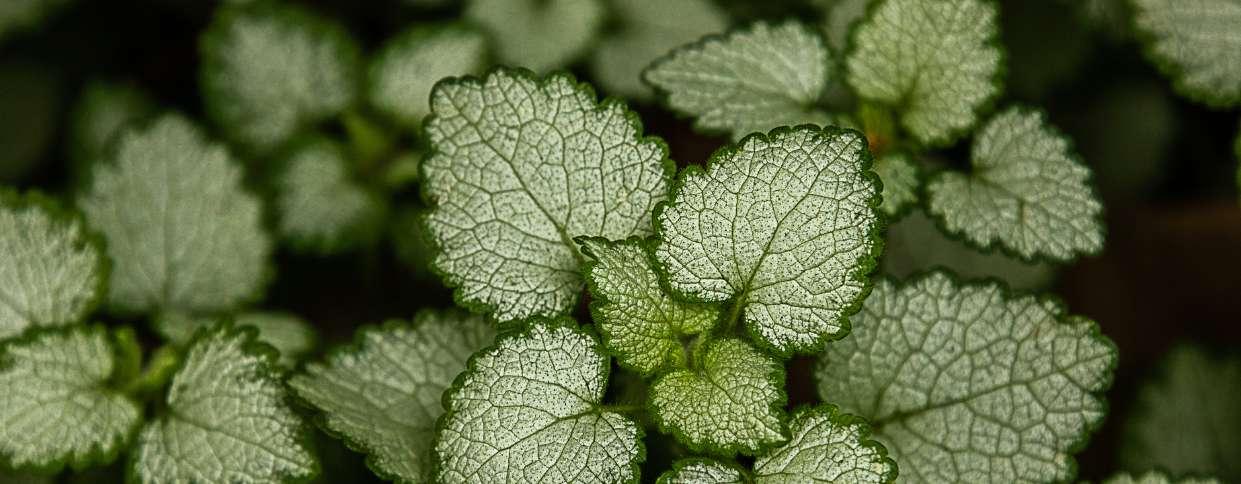
Calzoncillo (Passiflora).
The flowers are very large and showy, with five creamy or reddish petals, and numerous purple outer filaments. It is a perennial vine plant, up to eight meters long, with numerous branches. It is an excellent natural remedy to combat insomnia, whose sedative effects were already appreciated by Incas and Aztecs. In addition, it relieves muscle fatigue, migraine and mild anxiety states.
Diente de león (Taraxacum officinale).
Dandelion is an annual herbaceous plant, small in size, but with high medicinal and nutritional value. For many it is a weed, but the truth is that it is precious, especially when its seeds blow away with the wind. The flowers are yellow and hermaphroditic, these close at night and on gray or rainy days. In popular medicine it is used for various recipes and compositions with other herbal remedies, mainly as hepatic / biliary antirheumatic, spasmolytic, antiphlogistic and antiscorbutic diuretic. The leaves contain a large amount of vitamin A, C and iron.
Hombre grande ( Quassia amara).

It’s a plant that helps treat diseases of the digestive system, diabetes and even skin blemishes. Also it’s used for treating blood pressure and blood sugar.

Manzanilla (Chamaemelum nobile).
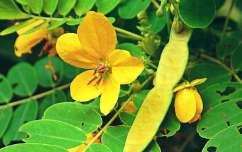
The flowers and leaves are used to treat a large number of conditions: digestive disorders (stomach pain, indigestion, dyspepsia, colic, diarrhea), kidney and bladder disorders,menstrual pain.
Hoja de sen (Senna).

Consumed as an infusion, it is also purifying, detoxifying and diuretic. A natural supplement for digestive system treatments that has been incorporated into low-calorie eating routines. Beyond its benefits that it offers us, it is important not to exceed consumption and take a medical check-up.




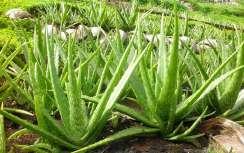

1 - Very humid tropical forest
2 - Very humid premontane forest
3 - Lower montane rain forest






